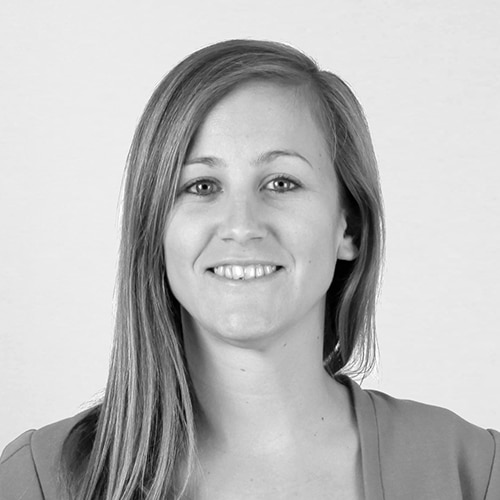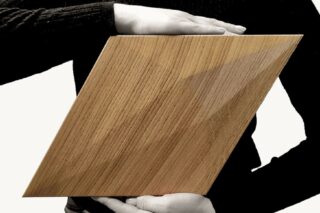Herman Miller, Humanscale, IKEA, Interface—Design brands are part of the movement to keep plastics in the economy and out of our oceans. Here’s how they’re doing it.
WATCH our live interview with Kendall Starkman, the Director of NextWave Plastics at Lonely Whale.
The UN and others have estimated that, by 2050, we will have more plastic in the ocean than fish. That’s a big deal. We’ve known about it for decades. While some manufacturers and design brands began implementing environmentally-friendly methods many years ago, NextWave Plastics brings them together under one roof as the first global network of ocean-bound plastic supply chains.
NextWave Member companies are establishing ocean-bound plastics as a commodity, reducing the volume of plastic waste before it enters the ocean. They are also helping the global manufacturing community understand that ocean-bound plastics can carry a commercial value. Through open-source collaboration, NextWave Members are demonstrating what’s possible: successful businesses and a cleaner ocean.
In their commitment to having a major impact, member companies will have diverted a minimum of 25,000 tonnes of plastics, the equivalent to 1.2 billion single-use plastic water bottles, from entering the ocean by the end of the year 2025.
While that is important news, there is currently more than 86 million tonnes of plastic in our ocean. And each year, up to 12 million tonnes of new plastic will enter the ocean.
It’s great but it isn’t enough. Not yet.
The network is supported by Lonely Whale, a company that helps challenge its partners to the edge of what is possible. They’re the ones relentlessly saying, “You can do more and here’s how.” Well, in fact, they work together to find the “how”.
Safe campaigns and ideas won’t save our oceans, according to the team at Lonely Whale who’s constantly rethinking the way ocean health organizations can “sell” a healthy ocean.
“We won’t cease to innovate before we’ve created a healthy ocean. Until then, we are dedicated to delivering the energy and creativity needed to match the scale of the problem,” as stated on the company’s website.
NextWave Plastics is member-driven and convened by Lonely Whale.
Do you belong to a leading design company or manufacturing company? JOIN THE CAUSE.
Here are three amazing examples of what NextWave Members are doing.
Interface Carpet Tiles
In 2012, Interface launched its Net Effect carpet tile collection through a project called Net-Works™, a program that takes discarded fishing nets from impoverished communities and recycles them into carpet tile. The program started in the Philippines and was expanded to Cameroon in 2015.
The Net Effect collection includes three square styles and three Skinny Planks™. The squares are a grouping of three textures that, when placed side by side, describes the precise moment when the sea foams into the shore. The Skinny Planks capture the fluidity of water in linear patterns with expanding and contracting rhythms. The shared palette was drawn from the deepest parts of the ocean to the sun and salt bleached wood and stones of the shore.
The Smart Ocean Chair by Humanscale
In 2016, Humanscale began a partnership with Bureo, an emerging venture developing innovative solutions to prevent ocean plastic pollution. In 2013, Bureo founded Chile’s first fishing net collection and recycling program, Net Positiva. Nets are cleaned, mechanically shredded and pelletized to produce Bureo’s ‘NetPlus’ material. These pellets are used to manufacture quality products such as skateboards, sunglasses and now—for the first time ever—an ergonomic task chair by Humanscale.
READ our article in which we feature Humanscale.
MUSSELBLOMMA by IKEA
In Autumn 2019, IKEA launched its MUSSELBLOMMA collection in Italy and Spain. The collection is made of recycled plastic, including PET plastic waste caught in nets in the Mediterranean Sea and collected, partly, by Spanish fishermen.
After the collection, the plastic is aggregated in containers onshore in ports, and is then cleaned, sorted, mechanically recycled and together with recycled PET bottles made into yarn and fabric. For every kilo of PET plastic waste that can be used to make the polyester fabric another 9 kilo of waste like other plastics, metal, rubber, glass and other materials is also taken out of the ocean.
WATCH the video of the story of MUSSELBLOMMA here.












